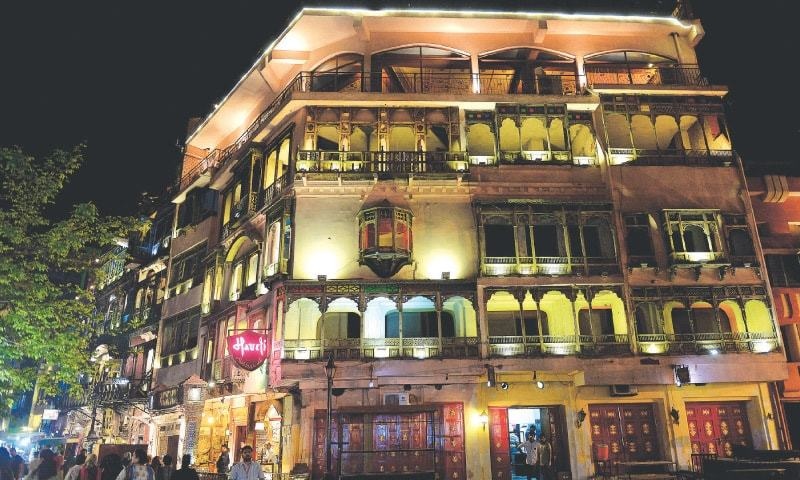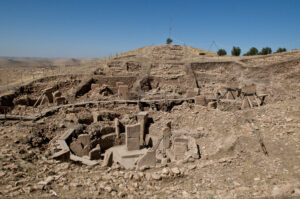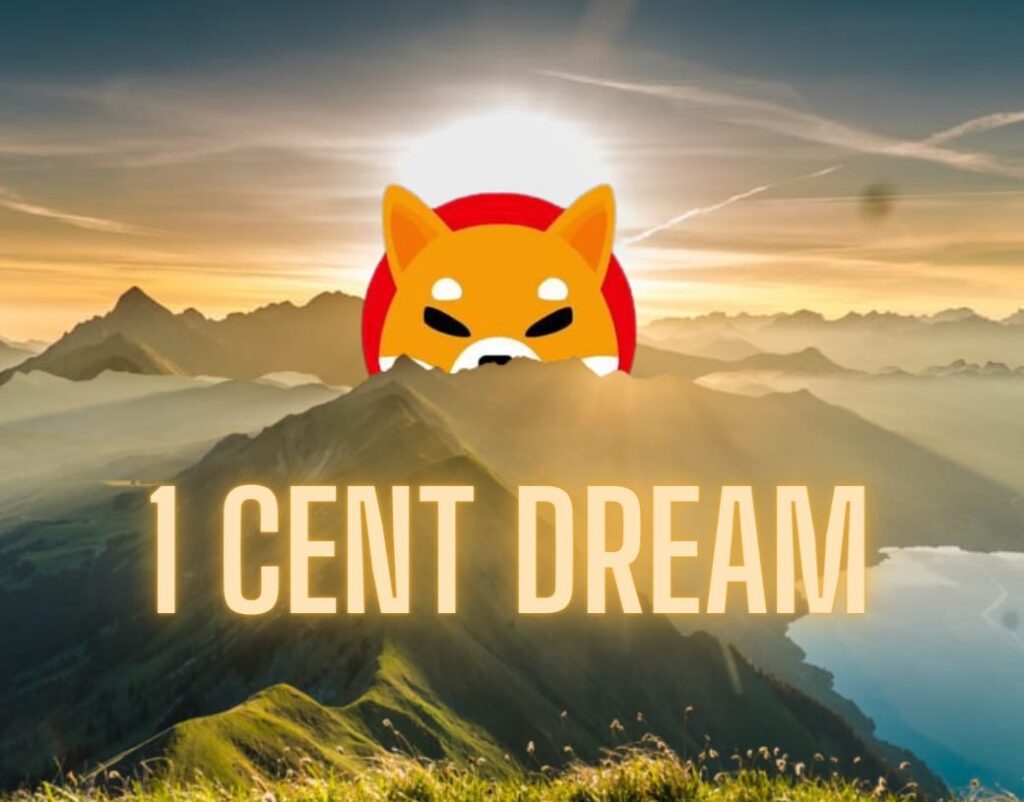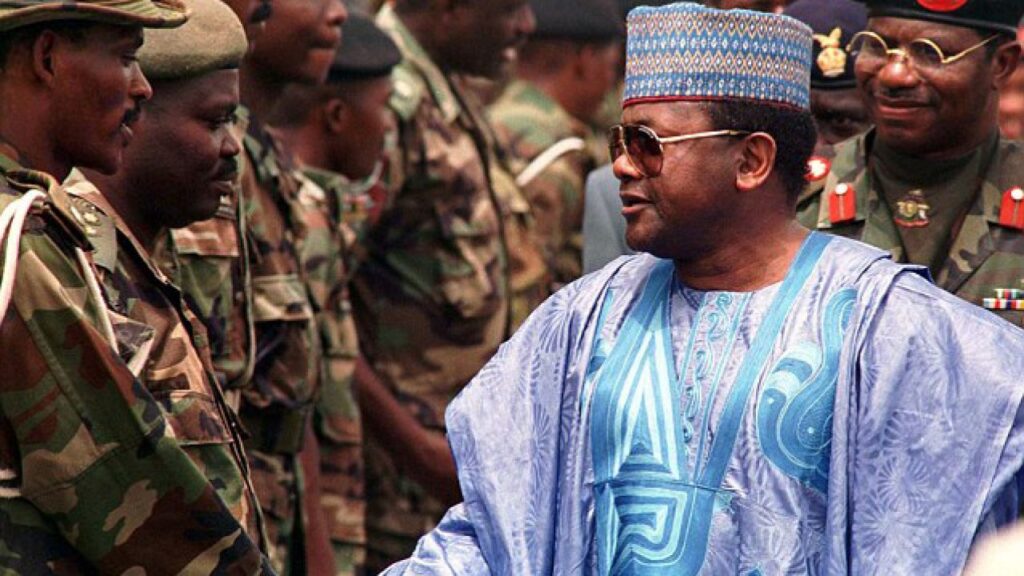Introduction
Heera Mandi, often referred to as the “Diamond Market,” is a historic and culturally significant area in the heart of Lahore, Pakistan. This post delves into the real story of Heera Mandi, exploring its origins, its evolution over centuries, and its place in the cultural and social fabric of Lahore. From its illustrious beginnings to its modern-day reputation, Heera Mandi’s story is as complex and multifaceted as the city itself.
Historical Background
Mughal Era
Heera Mandi’s origins can be traced back to the Mughal era when it served as a flourishing bazaar known for its arts and entertainment. During the reign of the Mughal emperors, Lahore was a center of culture and learning, attracting artists, poets, musicians, and dancers from all over the region. Heera Mandi, located near the Royal Fort (Shahi Qila), became a hub for courtesans who entertained the elite with their singing, dancing, and poetry.
British Colonial Period
With the advent of British colonial rule in the 19th century, the dynamics of Heera Mandi began to change. The British introduced new social and administrative systems, which impacted the traditional professions in the area. Heera Mandi transformed from a center of high culture and refined entertainment to a red-light district, with many courtesans turning to prostitution due to economic pressures and changing social norms.
Cultural Significance
Courtesans and Performers
The courtesans of Heera Mandi were not merely entertainers but also custodians of classical arts and culture. They were skilled in classical dance forms such as Kathak, and their performances were accompanied by live music played on traditional instruments like the tabla and sitar. These women were often well-educated and knowledgeable in various forms of poetry and literature, making them respected figures in the cultural milieu of the time.
Influence on Music and Film
Heera Mandi has left an indelible mark on the music and film industries of South Asia. Many legendary singers and musicians have roots in Heera Mandi or were influenced by its rich cultural heritage. The area has been depicted in numerous films, songs, and novels, often romanticized or sensationalized, which has contributed to its mystique and notoriety.
The Modern-Day Heera Mandi
Social and Economic Challenges
Today, Heera Mandi faces numerous social and economic challenges. The once-vibrant hub of culture and arts has largely deteriorated, and many of its inhabitants struggle with poverty, lack of education, and limited opportunities. The area is often stigmatized due to its association with prostitution, and efforts to rehabilitate and uplift the community have been sporadic and insufficient.
Preservation of Heritage
There have been various initiatives aimed at preserving the historical and cultural heritage of Heera Mandi. Scholars, historians, and cultural activists have called for the recognition of Heera Mandi’s contributions to the arts and culture of Lahore. Restoration projects and cultural programs are essential to revitalize the area and honor its historical significance.
The Future of Heera Mandi
Potential for Cultural Revival
Heera Mandi holds immense potential for cultural revival. By focusing on the area’s artistic and cultural legacy, there is an opportunity to transform it into a heritage site that celebrates its rich history. This could involve the establishment of museums, cultural centers, and performance spaces dedicated to the classical arts that once flourished there.
Empowerment and Rehabilitation
Efforts to rehabilitate and empower the residents of Heera Mandi are crucial for its sustainable future. This includes providing access to education, healthcare, and economic opportunities, as well as addressing the social stigmas associated with the area. Non-governmental organizations and government initiatives can play a pivotal role in these efforts.
Conclusion
The story of Heera Mandi is a tapestry of history, culture, and resilience. From its grandeur during the Mughal era to its struggles in modern times, Heera Mandi’s journey reflects the broader social and economic changes in Lahore and Pakistan. By understanding and appreciating its real story, we can honor its past and work towards a brighter future for its residents and its cultural legacy.















